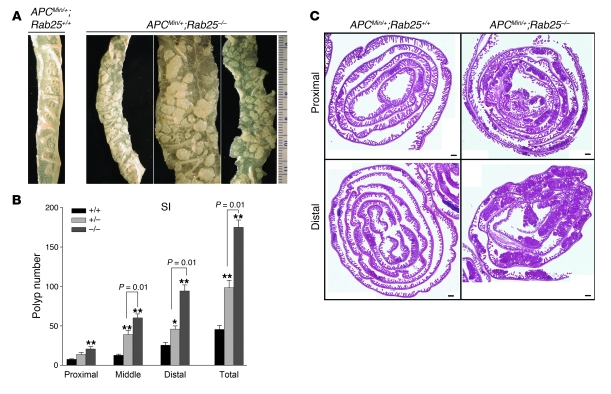Figure 4. Rab25 deficiency promotes intestinal adenoma formation in ApcMin/+ mice.
(A) Gross appearance of small intestine from ApcMin/+;Rab25+/+ (+/+) and ApcMin/+;Rab25–/– (–/–) mice. Rab25-deficient mice showed an increase in tumor numbers and size throughout the intestine. (B) Anatomical distribution of polyps in small intestine (SI) of ApcMin/+;Rab25+/+ (+/+) and ApcMin/+;Rab25–/– (–/–) mice. Polyp number was determined in the proximal, middle, and distal intestine as well as in the total intestines of ApcMin/+;Rab25+/+ (+/+) (n = 7), ApcMin/+;Rab25+/– (+/–) (n = 16), and ApcMin/+;Rab25–/– (–/–) (n = 12) mice. The distal intestine showed a greater increase in the number of polyps than the proximal intestine. ApcMin/+;Rab25+/– mice also showed a significant increase in tumor numbers that was intermediate between wild-type and Rab25-deficient mice. Data represent mean ± SEM. (C) Representative Swiss rolls of proximal and distal intestine from ApcMin/+;Rab25+/+ (+/+) and ApcMin/+;Rab25–/– (–/–) mice. Both proximal and distal intestine from ApcMin/+;Rab25–/– (–/–) mice showed an increase in tumor number. Scale bars: 1 mm.

